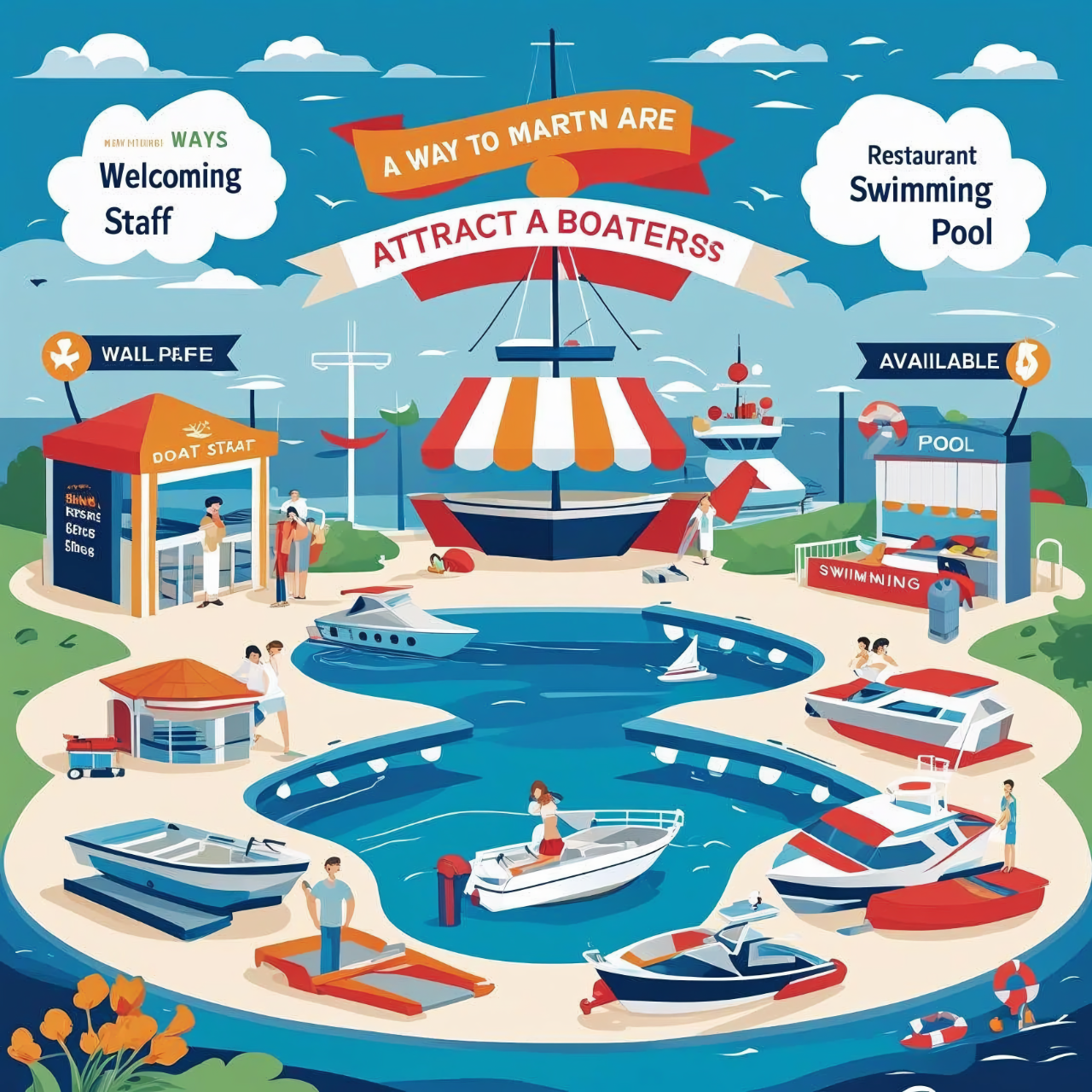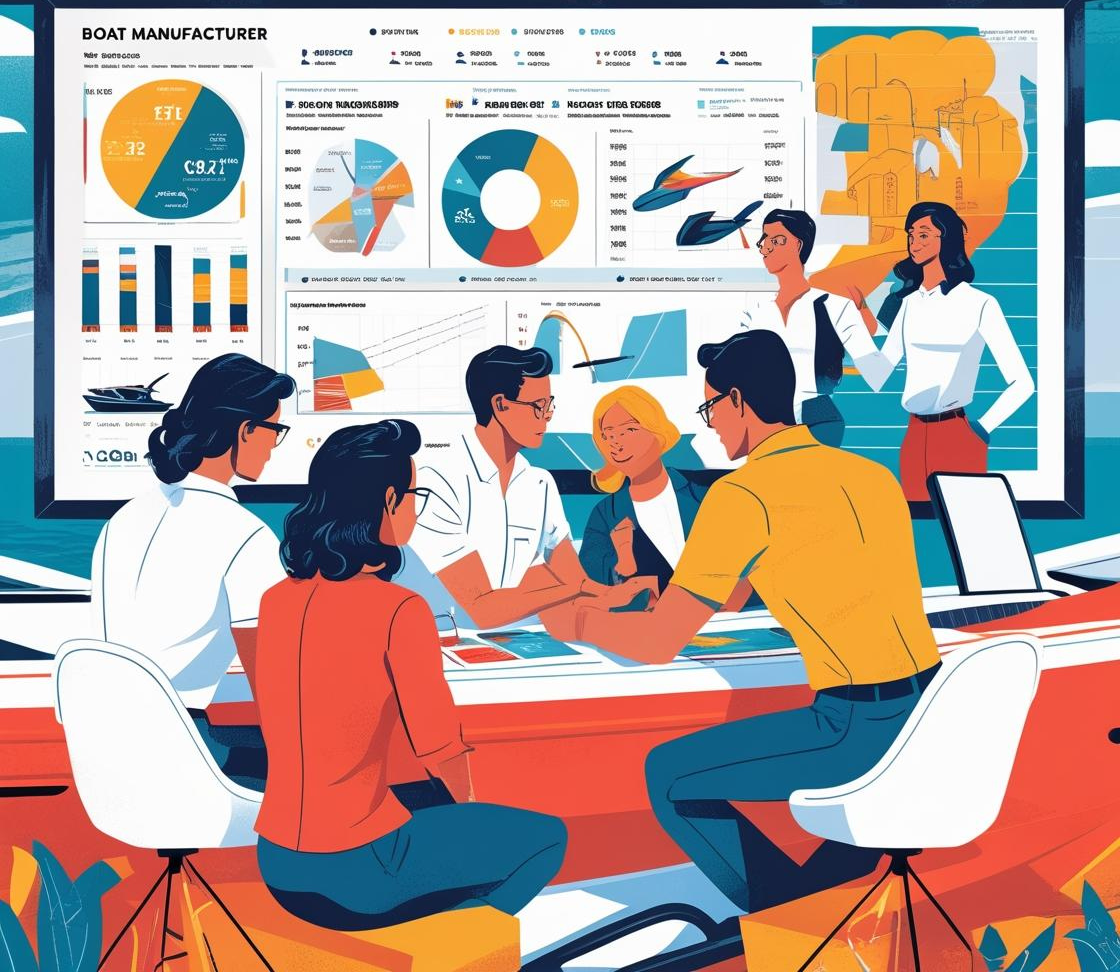
8 Marina Strategies to Attract New Boaters
October 18, 2023

Boat manufacturers in 2025 should monitor these seven trends shaping the industry, based on current market dynamics and technological advancements
Boat manufacturers in 2025 should monitor these seven trends shaping the industry, based on current market dynamics and technological advancements:
1. Electrification and Hybrid Propulsion: Demand for electric and hybrid boats is surging due to environmental concerns and advancements in battery technology. Lithium-ion batteries and hydrogen fuel cells are improving range and reducing charging times, while electric tenders and personal watercraft gain traction for their quiet, eco-friendly operation. Manufacturers must invest in scalable battery solutions and charging infrastructure to meet this growing market segment.
2. Sustainable Materials and Practices: Consumers and regulations are pushing for eco-friendly manufacturing. Use of recyclable composites, such as thermoplastic composites reinforced with natural fibers, and sustainable alternatives like rot-proof, recycled-plastic marine boards is increasing. Carbon fiber is also favored for lightweight, durable structures, particularly in high-end vessels. Manufacturers should prioritize decarbonization and circular production processes.
3. Smart Technology and Connectivity: Real-time monitoring, predictive maintenance, and IoT platforms are transforming boating. Features like remote vessel tracking, battery health monitoring, and companion apps are becoming standard. Advanced systems, such as Volvo Penta’s Assisted Docking and AI-driven navigation, enhance safety and user experience. Manufacturers need to integrate these technologies to stay competitive.
4. Autonomous and AI-Driven Features: Autonomous technologies, including collision avoidance, automated docking, and dynamic positioning systems, are gaining popularity. AI is also enabling predictive maintenance and personalized boating experiences. While fully autonomous vessels are still emerging, manufacturers should explore these innovations to appeal to tech-savvy consumers and simplify operation.
5. Customization and Modular Design: Buyers increasingly demand personalized boats, from bespoke interiors to modular layouts that allow upgrades. Technologies like 3D printing for custom accessories and modular manufacturing are enabling flexible production. Manufacturers should offer tailored options to cater to luxury and niche markets, particularly for yachts and expedition boats.
6. Shifting Market Demand and Affordability: Post-pandemic market corrections show declining powerboat sales (down 9-12% in 2024) but growth in affordable segments like personal watercraft and nonmotorized boats. Smaller, budget-friendly vessels, such as pontoons and inflatables, are attracting younger and more diverse buyers. Manufacturers should balance high-end offerings with accessible models to capture this demographic.
7. Supply Chain and Economic Pressures: Ongoing supply chain disruptions, inflation, and high interest rates continue to drive up production costs and boat prices (up 10% in 2022, with 2-5% increases projected). Tariffs on imported components add uncertainty. Manufacturers must optimize supply chains, adopt just-in-time inventory practices, and explore direct-to-consumer models to maintain profitability.
These trends highlight the need for innovation, sustainability, and adaptability to meet evolving consumer preferences and economic challenges in 2025.